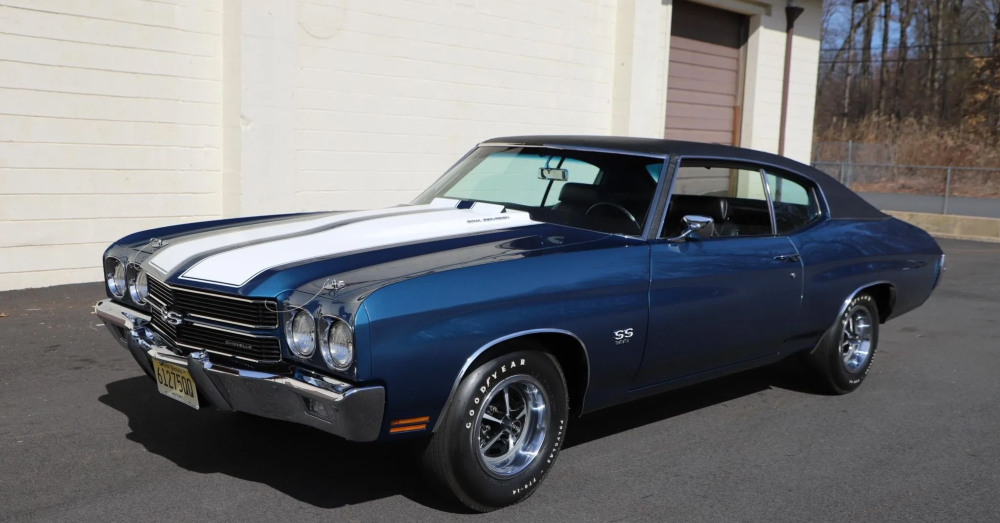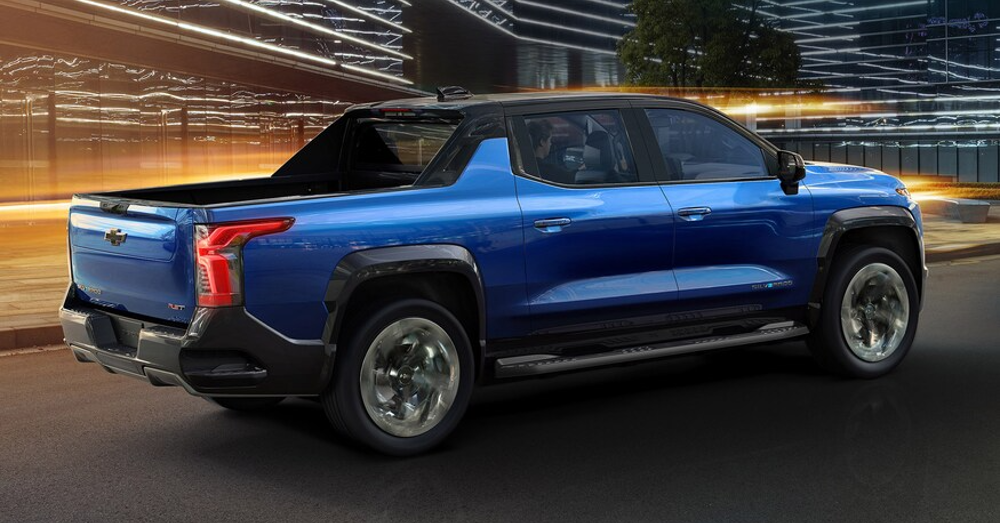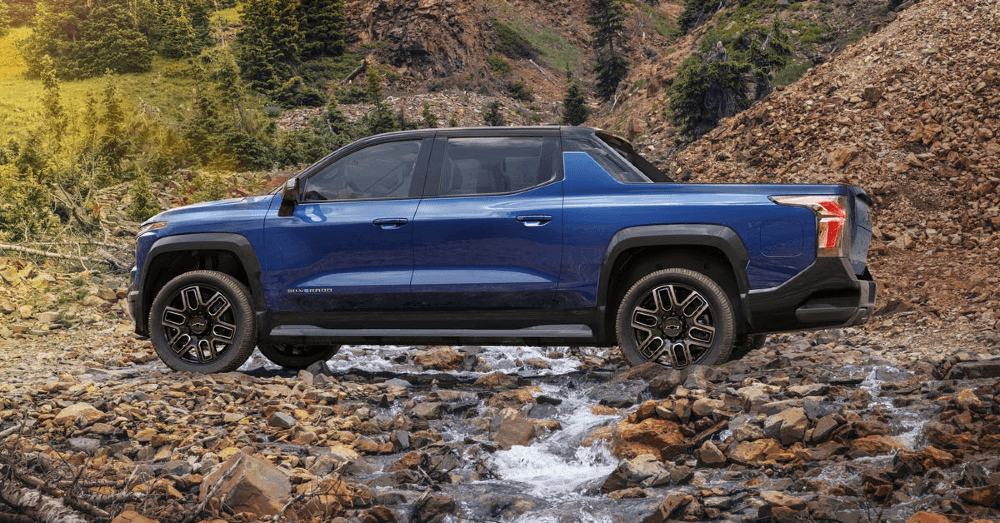The Chevrolet Chevelle was one of the most popular muscle cars of the 1960s, giving us a beastly car with incredible style, power, and presence on the road.
The Chevelle name only lasted for a short time, but this car had a distinct impact on the automotive world, especially the muscle car segment. This is a car that truly embodied the era as one of the premier American muscle cars of the 1960s and 1970s. By the time 1978 rolled around, Chevy no longer built this muscle car, but it had already cemented its place in automotive history.
The birth of an American classic
When it first appeared on the scene, nobody could have predicted the impact it would have on the automotive market. The first Chevelle was introduced on September 26, 1963, to be a 1964 model year sports car. The Chevelle was available in several variations, including two-door coupes and four-door wagons.
This brought a broad range of choices to this impressive car. In addition to the various body styles, this Chevy came with the largest range of trim options from GM. These trim ranges and options meant there was a Chevelle for everyone.
The Chevelle brought us the Malibu name
During those early days, the new Chevrolet Chevelle came in six different trims, four of which used the Malibu name. The two lower trims were called 300 Series models and came as the 53 and 54 versions.
Once a shopper stepped up to the third trim, the Malibu Series 55 was the model chosen. Above this model were the 56, 57, and 58 models that also used the Malibu name. In fact, the top two trims were called Chevelle Malibu SS Series 57 and 58, providing the Super Sport moniker to the name.
What was GM’s goal for the Chevelle?
The new Chevelle was meant to bridge the gap between the Impala and Chevy II/Nova models, putting it right in the middle of these two cars. This new muscle car competed directly with the Ford Fairlane, giving GM a fitting answer to Ford’s iconic car. The A-body platform underpinned the Chevelle. This platform was also used for the Pontiac Tempest, Buick Skylark, and Oldsmobile Cutlass of the era.
An early engine swap made a difference
Although the 1964 model year was the first version of the Chevrolet Chevelle, GM made changes to this new muscle car halfway through the first model year. The top engine choice was changed from a 283 cu-in engine to a 327 cu-in model to deliver more power. The smaller, original engine made 220 horsepower, and this new version boosted that power level to 300 ponies.
By the time the 1965 Chevelle hit the market, GM built the SS models with an L79 engine that gave this car 350 horsepower. This powerful engine helped mark the start of the official Muscle Car Era, although only 201 versions of the SS Chevelle were made in 1965.
Fast changes for this venerable Chevy muscle car
The Chevelle’s body was completely redesigned in 1966, making the SS a separate model from the Chevelle. The power ranged from 325 to 327 horsepower for this incredible car. In 1967, this Chevy muscle car received new front and rear fascias. This model was the first to offer front disc brakes to give drives better stopping power.
A-Body upgrades for 1968
The GM A-body models received complete redesigns in 1968, which means the Chevrolet Chevelle would be changed again. This model brought a shorter wheelbase, long hood, short rear deck, and tapered fenders. This body style became iconic in the GM lineup as what you picture when you think of a muscle car from this time.
The 1969 Chevelle changed the SS to only an engine package, which gave this car a 396 cu-in engine that delivered 375 horsepower for the drive. Some of the Chevelle models received Corvette engines, which added more promise to this incredible car.
The Colonnade body style was the last for the Chevelle
The 1973 version of the Chevelle gave us a two-door land yacht that didn’t provide the power and performance we’d become familiar with for this car. This body lasted until the Chevelle was deleted in 1978.
GM reduced its lineup in 1978 but added the Malibu name to replace the Chevelle. The Malibu became a mainstay of the brand lineup from that time onward, but the Chevrolet Chevelle will always be remembered for its power, presence, and impressive driving characteristics.
When we think of the muscle car era, the Chevrolet Chevelle comes to mind as one of the most important and impactful cars of the time.
This post may contain affiliate links. Meaning a commission is given should you decide to make a purchase through these links, at no cost to you. All products shown are researched and tested to give an accurate review for you.




